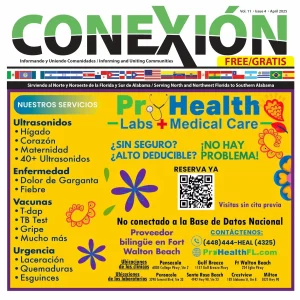Remember tourism before this pandemic? One of the big topics across the world prior to 2020 was the concept of over tourism. Many destinations were suffering, if that’s the word, from more visitors than they wanted. Our natural desire as humans is to travel, explore and visit new places. The industry that’s been my career has found ever more efficient ways of moving people around and allowing more and more of us to roam. The downside was that many areas, cities and classic destinations were experiencing sometimes destructive levels of visitation. Well, COVID put an end to that. Cities shut; resorts closed. Cruise vessels were put at anchor and airlines, when they were able to fly, reverted to cargo flights.
An upside has been that nature has had the opportunity to claim back places she had been driven from. The canals of Venice have become clear and reports of dolphins swimming in the lagoon have been made. Residents of places like Amsterdam in the Netherlands had been seeing a huge increase in short term rentals, effectively removing available housing from locals. With the reduction in visitors, they have begun to claim their city back. The Florida Keys have been spared huge cruise ships. It’s the same the world over.
Of course, the drop in the economic benefits of tourism has been in many cases, catastrophic. Places that rely on visitors have seen their incomes devastated. Jobs have been lost, and it may take years to recover – if ever.
However, with the increasing availability of vaccines the world is beginning to look at what happens after the virus. That may be some way off though, as the distribution of vaccines is patchy throughout the world. Some countries are (even the USA) are seeing still increasing levels of infection. Australia and New Zealand, although they have suffered less than some countries, are saying their borders will be closed to foreign tourists until 2022. Qantas, the Australian national airline is not expecting to be flying intercontinental routes until the end of this year and maybe not until next year.
Plans are being made by many destinations to review their tourism policies either to reverse over-tourism, or to change the way they handle visitation.
Referring to the Florida Keys again, the locals have voted to restrict the size of cruise liners that visit. They would prefer smaller ships, with fewer passengers, but who stay for a number of days. These visitors would potentially spend more in the local economy. The previous mega-ships would stay in port for one day with the passengers eating and spending on board. Although the locals want to restrict the size of ships, the Florida Government is not so sure and want to revert to previous policies. It remains to be seen who will prevail. If they do have smaller ships the actual cost of the cruise ticket will rise too. Less passengers but higher spending visitors.
Venice, again, has decreed that the huge cruise liners are not welcome in the waters of the lagoon that overlooks St Mark’s Square. The locals and tourist authorities do not want to see the vista of the iconic city impacted by what are effectively floating cities.
Even here on the Northern Gulf Coast things are changing. Some of our local tourism authorities have started implementing very different marketing plans than existed in the past. They want to spread the influx of visitors across the year, not just in the summer months. They are trying to encourage guests to engage in more activities rather than just staying on the beach. One local CVB is promoting ‘little adventures’ to get families paddle boarding, fishing, scuba diving and exploring.
Of course, this also has the ripple effect of encouraging visitors to spend more. As someone commented to me the other day “would you prefer 1000 visitors each spending $1, or two visitors each spending $500?”.
So, the new mantra for tourism may well be rather than marketing their destinations to tourists, they will look to engage in tourism stewardship. The aim being to satisfy locals as well as visitors to their mutual benefit.
Hopefully there will be a silver lining to the pandemic cloud as far as tourism is concerned. We can only keep our fingers crossed.


